For clarity, I would like to include a quick note on the definition of entoptic imagery. In their discussion of paleolithic cave imagery, Lewis-Williams and Dowson define entoptic imagery as visual experiences arising from anywhere within the optic system, which includes the eyes, the occipital lobe of the brain, and the many other portions of the neural cortex that process visual stimuli. This definition comes from the Greek translation of entoptic meaning “things perceived within vision”, and is commonly used by anthropologists and archaeologists (Williams & Dowson 1988). On the other hand, in most medical literature, entoptic imagery is defined as imagery which only originates from within the eye itself. Given the Greek meaning of the word entoptic, I prefer the anthropological definition of the term. Therefore, for the purposes of this article, ‘entoptic’ indicates imagery that arises from anywhere within the visual system, from the eyes to the neural cortex."
Full article here:
"From the above information we can see that entoptic imagery does seem to be consistent across individuals and across the conditions through which the images are seen. In more recent years, many anthropologists have come to believe that these very entoptic images, seen during altered states of consciousness, were the impetus for the creation of both ancient and modern rock art.
In 1988, David Lewis-Williams and Thomas Dowson created a new chart of entoptic phenomenon based on images found in the rock art of the San Bushmen and the Native American Coso, who create their art while in ritual trance states. Lewis-Williams argues that the form-constants that Kluver found in his mescaline experiments are also found in these trance inspired rock art images.
Lewis-Williams and Dowson compared these images to the images found in Paleolithic art and, based on the similarities between them, hypothesised that the Paleolithic artists were also in shamanic trance states when they produced these images. He argues that the Bushman, the San, and all currently living human beings share the same neurological structure as the Paleolithic peoples, and that when the brain enters a trance state through dance, chanting, drumming, the ingestion of entheogens, and so forth, it becomes possible to see entotpic images more clearly. Indigenous peoples interpreted these images as messages from the spirit world. Thus, based on this, Lewis-Williams suggested that the Paleolithic artists were in altered states of shamanic trance when they created their images (Lewis-Williams & Dowson 1988)."
The similarities between these ancient and modern rock art images and common entoptic phenomena can be seen in the following diagram:
"Genevieve Von Petzinger mapped out the Geometric Patterns of the Paleolithic world, identifying 26 distinct shapes. She then looked for patterns of continuity and change over time and space. She found that at an early age we already see 70% of the patterns being used, and that there is a high degree of repetition of a limited number of shapes, with some being replicated throughout the 20,000 year time span of the study. This suggests that these symbols were not created at random, but that they were intentional and symbolic. Von Petzinger believes that the abstract nature of these signs is some of the best proof we currently have that these images were not being made purely for their aesthetic qualities, and she suggests that these markings were symbolic attempts to communicate ideas that were not so easy to depict in a physical form."
My reason for studying these symbols is for personal edification, enjoyment of their beuaty, suggestivity and application of the symbols to my developing system of scoring some of my sound and music compositions.
__JG__
Since Western materialism and ‘rationalism’ have become the dominant
methods of understanding the human experience, the physical world has
become the only valid object of perception and concentration, and
anything which goes beyond that, including dreams, visions, and entoptic
phenomena, are considered to have no benefit and are sometimes even
considered to be signs of mental illness. However, with advances in
neuroscience and an increasing openness in the collective consciousness
to the concepts of spiritual, non-substantial phenomenon, we are
beginning to come to a point where we can understand entoptic imagery as
a phenomenon that is simultaneously biological and spiritual, that may
have played a huge role in shaping our experience of life and the
cosmos, and that may even be essential to our future development as a
spiritual species.







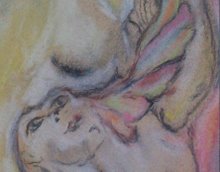



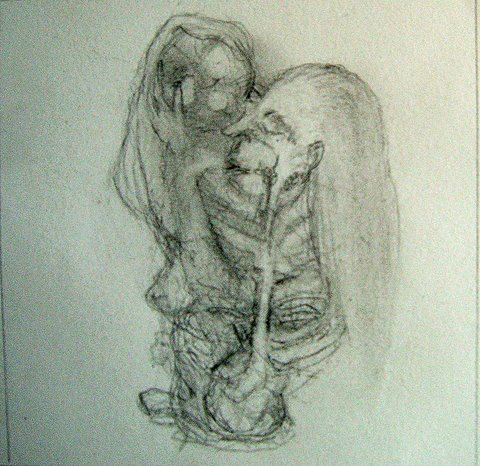
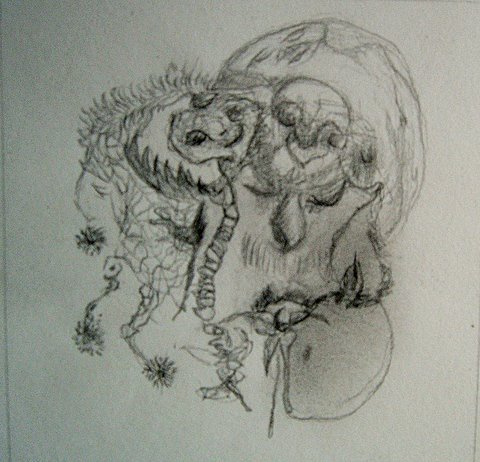
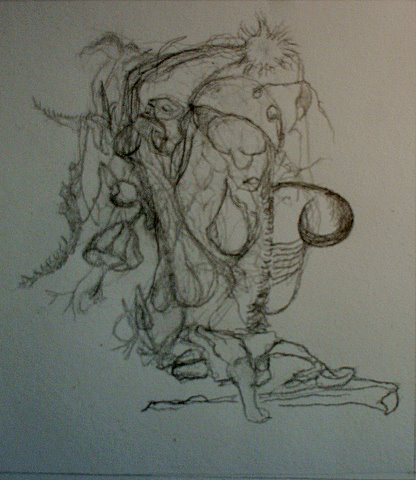
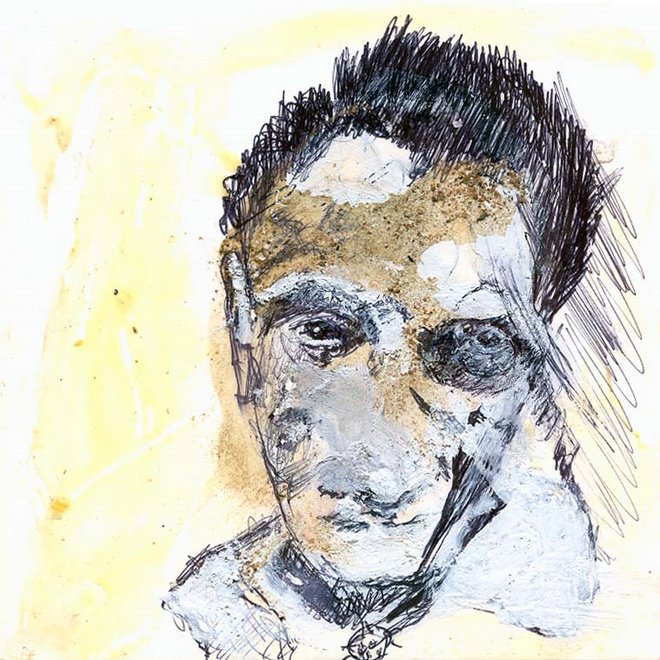
No comments:
Post a Comment